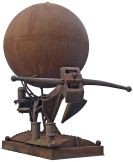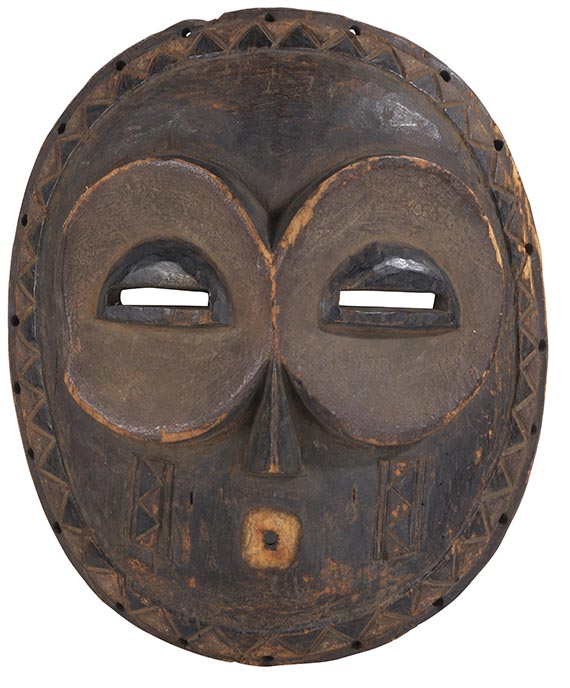
Kinetic Art
By kinetics we understand the study of movement; kinetic art, therefore, refers to moving art. More exactly, kinetic art can be organized under object art, and its origins can be found already at the beginning of the 20th century.
Kinetic art received strong impulses from Italian futurism of the 1920’s, which was also concerned with dynamics and movement. Among the first works of kinetic art are the mobile metal sculptures of Naum Gabos, which were known as “kinetic constructions” and were also called by that name. Further precursors to kinetic art were the light and movement objects of Marcel Duchamp and Man Ray as well as the constructivist machines of the artists Wladimir Tatlin, Naum Gabo, Alexander Rodtschenko and László Moholy-Nagy. In the 1960’s, kinetic art received a new impulse, through among others the group Zero, the Parisian "Groupe de Recherche d´Art visuel" and the Moscow group "Movement" when new mechanical or technological methods began to be employed. These mechanical movements and changes were included as an aesthetic component of the art object. The search for new artistic means of expression has real experiences from science and technology as its basis. The most important representatives of kinetic art are Alexander Calder (mobiles), Jean Tinguely (coincidence-driven fantasy machines that were also able to produce tones), Pol Bury, Siegfried Cremer, George Rickey, Vassilakis Takis (floating magnetic objects), Günther Uecker and Günter Haese.
Related artists: Camargo, Sérgio de | Klien, Erika Giovanna | Luther, Adolf | Mavignier, Almir da Silva | Rickey, George | Tinguely, Jean

Would you like to sell a work of Kinetic Art?
Infos for sellerART MARKET:

Ankerfigur mit Doppelpoller
Iron, welded and screwed, 1993
Gallery Sale 60.000
More offers >






